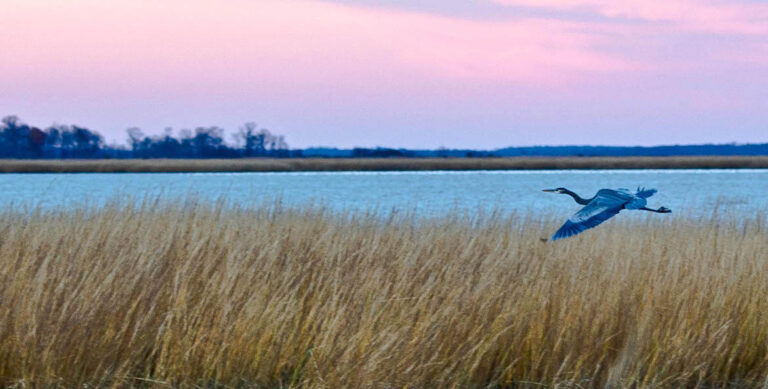On December 10, 2024, leaders from across the Chesapeake Bay watershed committed to updating the 2014 Chesapeake Bay Agreement by the end of 2025 to address nutrient pollution. While progress has been made since the Chesapeake Clean Water Blueprint was established in 2010, goals are still not expected to be met by 2025. Lawsuits against the EPA led to commitments for pollution reduction, particularly in Pennsylvania. The Blueprint aims for enforceable pollution limits and collaborative state efforts, ensuring accountability with specific milestones.
Restoring the Bay will yield significant economic benefits, estimated at over $22 billion annually. Moving forward, leaders must reconvene to refine restoration plans, embracing new scientific insights to enhance effectiveness. Citizens are urged to engage with local and federal representatives, support clean water initiatives, and take personal actions to reduce pollution. Collective effort is vital to achieve the significant turnaround needed for the Bay’s health and ecosystems.
Source link


